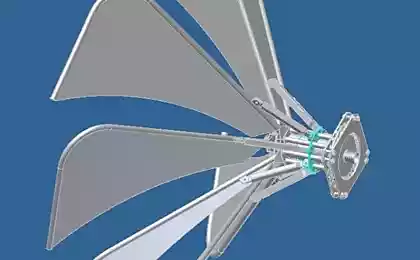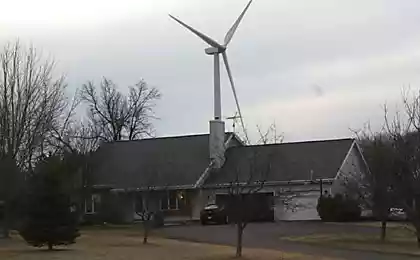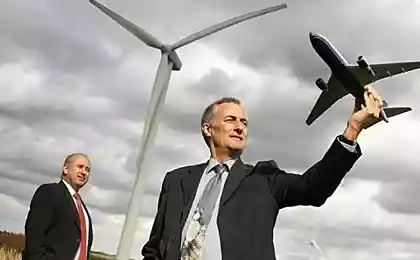650
Smart wind turbines
Wind and solar energy are two reference lines of our clean energy future (combined with hydro where possible, geothermal energy, at lower costs, wave power, maybe someday thorium power, biofuels, where possible, etc.).
If we take a closer look at wind energy, we see that over the past decades there has been enormous progress, and if some qualitative change in apparent – wind turbines become more and more – some small changes occur more ingenious way.

There has been considerable progress in developing wind turbines of a certain size in more productive ways: from better positioning of individual wind mills and the entire wind farm, due to improved computer models, to improve the efficiency of the various components, from rotor blades and the mechanical parts inside the nacelle of the wind turbine, it's all connected with sensors and intelligent software to optimize the work in a wider range of conditions.
Increased reliability is also an important task to reduce overall operating costs and allow the turbine to capture more wind while reducing downtime for maintenance. Modernization of units and elements of monitoring and control is conducted even for already installed turbines, the capacity of which is lower than the current models, but costs are intended ultimately to increase the amount produced per year of electricity.
New wind turbines of 2.5-120 General Electric presented at the beginning of this month, exemplifies this. Their maximum output power of 2.5 MW, lower than that of the turbine, with a capacity of 2.58 MW, which it replaces. But within a year it can generate 15 percent more Kilowatt hours. A set of sensors, together with improved algorithms for monitoring and control of the turbine allows it to continue to rotate when the previous generations of wind turbines would have to stop.
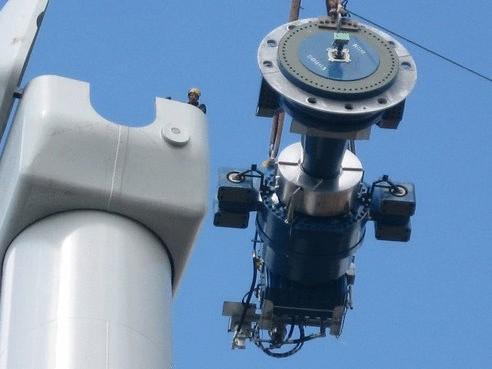
This, plus the large turbines and economies of scale have led to the halving of the average price of wind energy over the last two decades. With 15 cents per kWh in 1991 to 6.5 cents/kWh today, a price that is quite competitive with new gas-fired power plant.
All these improvements ensure the future of wind energy in a fairly bright light, at least as long as humanity will continue to improve the mains supply to work in the conditions of constant loads and intermittent generation (this can help electric vehicles charging sockets, as they can be charged during the peak generation when the wind is blowing).
Indeed, last month the Council to ensure reliability in the production and distribution of electricity (Electric Reliability Council of Texas said that the latest data on the achievements and price of wind turbines show that wind energy can be more cost-effective than natural gas over the next 20 years. And this might explain a greater amount of generating capacity installed in recent years in Texas. Before the Council took into account the latest data, it was expected that in the near future, more energy will be produced using natural gas.
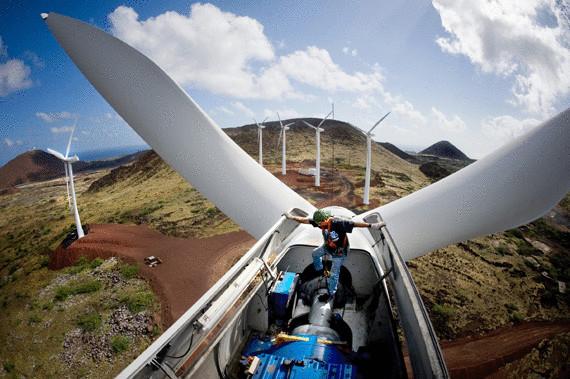
Source: /users/104
If we take a closer look at wind energy, we see that over the past decades there has been enormous progress, and if some qualitative change in apparent – wind turbines become more and more – some small changes occur more ingenious way.

There has been considerable progress in developing wind turbines of a certain size in more productive ways: from better positioning of individual wind mills and the entire wind farm, due to improved computer models, to improve the efficiency of the various components, from rotor blades and the mechanical parts inside the nacelle of the wind turbine, it's all connected with sensors and intelligent software to optimize the work in a wider range of conditions.
Increased reliability is also an important task to reduce overall operating costs and allow the turbine to capture more wind while reducing downtime for maintenance. Modernization of units and elements of monitoring and control is conducted even for already installed turbines, the capacity of which is lower than the current models, but costs are intended ultimately to increase the amount produced per year of electricity.
New wind turbines of 2.5-120 General Electric presented at the beginning of this month, exemplifies this. Their maximum output power of 2.5 MW, lower than that of the turbine, with a capacity of 2.58 MW, which it replaces. But within a year it can generate 15 percent more Kilowatt hours. A set of sensors, together with improved algorithms for monitoring and control of the turbine allows it to continue to rotate when the previous generations of wind turbines would have to stop.

This, plus the large turbines and economies of scale have led to the halving of the average price of wind energy over the last two decades. With 15 cents per kWh in 1991 to 6.5 cents/kWh today, a price that is quite competitive with new gas-fired power plant.
All these improvements ensure the future of wind energy in a fairly bright light, at least as long as humanity will continue to improve the mains supply to work in the conditions of constant loads and intermittent generation (this can help electric vehicles charging sockets, as they can be charged during the peak generation when the wind is blowing).
Indeed, last month the Council to ensure reliability in the production and distribution of electricity (Electric Reliability Council of Texas said that the latest data on the achievements and price of wind turbines show that wind energy can be more cost-effective than natural gas over the next 20 years. And this might explain a greater amount of generating capacity installed in recent years in Texas. Before the Council took into account the latest data, it was expected that in the near future, more energy will be produced using natural gas.

Source: /users/104
WeMo is a unique system for remote home control via smartphone
Canon demonstrated their glasses of "mixed reality"
